Did you know that teaching your pup to wear a muzzle doesn't mean they're a "bad dog"? In fact, muzzle training dog routines are one of the smartest ways to help your pet stay calm, safe, and confident in tricky situations.
Some dogs might need one for vet visits, others for walks if they tend to eat stuff off the ground. And sometimes, it's just about helping your dog feel okay in a stressful situation.
A dog that's relaxed and confident in a muzzle is easier to help during emergencies, grooming sessions, or around unfamiliar dogs. Keep reading to learn how to start on the right paw!
What is Muzzle Training for Dogs?

Muzzle training teaches a dog to feel relaxed while wearing a muzzle. It's a way to help them feel safe during vet visits, grooming, or walks where they might eat something off the ground. Muzzle training dog exercises use rewards to create positive experiences. Most dogs can learn to accept it with short, fun sessions.
How Muzzle Training Differs from Other Training Methods
Muzzle training is all about comfort, not control. Unlike leash walking or obedience cues, muzzle training focuses on helping a dog get used to wearing something on their face. You're not correcting behavior. You're building trust around an unfamiliar object.
Many dogs find this type of training more relaxed because it's based on feeding treats and creating a calm, positive feeling around the muzzle, especially when starting muzzle training from scratch.
The Benefits of Using Muzzle Training
Muzzle training makes life easier for both you and your dog. It adds safety, builds confidence, and helps in situations that might be stressful or unfamiliar.
- Keeps Everyone Safe. A basket muzzle can prevent bites during emergencies, vet visits, or when your dog is in pain. It protects without causing discomfort and allows your dog to breathe and drink water.
- Supports Behavior Work. Dogs working through behavioral issues may need extra help staying safe. A muzzle creates a buffer while you work with a professional dog trainer or experienced trainer.
- Helps in Busy or Unfamiliar Places. Dog parks, vet clinics, or new environments can make dogs nervous. Muzzle training gives your dog a sense of security while letting others know they need space.
- Makes Handling Easier. Whether it's a nail trim or a medical checkup, muzzle training allows your dog to be handled safely. You can still feed treats through a basket muzzle and keep things positive.
What Dogs Can Benefit from Muzzle Training?
Muzzle training isn't just for dogs with a bite history. It can help all kinds of pups feel safe, calm, and understood in tricky situations.
- Aggressive and Reactive Dogs. Dogs that growl, snap, or lunge can benefit from the safety of a muzzle while working on their behavior. It creates space for progress without the risk of a bite.
- Dogs with Separation Anxiety. Dogs upset by being alone may chew, bark, or get destructive. A muzzle, used correctly, keeps them safe until they build confidence through training.
- Fearful or Anxious Dogs. Scared dogs sometimes act out when they feel trapped. A well-trained muzzle can help them feel secure while preventing dangerous reactions.
- Dogs with Socialization Issues. Some dogs struggle in groups or around other dogs. A muzzle adds a layer of safety while they learn better social skills.
- Elderly Dogs with Health-Related Aggression. Older dogs in discomfort may snap if touched the wrong way. A muzzle makes care easier while protecting their space and dignity.
The Basics of Muzzle Training for Dogs
Muzzle training works best when done in small steps. It's all about making your dog feel good about something new on their face.
- Choosing the Right Muzzle for Your Dog. Pick a basket muzzle that allows panting, drinking, and feeding treats. It should fit snugly but not press on the dog's nose or eyes.
- Making the Muzzle a Happy Experience for Your Dog. Let your dog sniff the muzzle, then give them a treat right away. No pressure—just reward any curiosity with praise and snacks.
- Gradually Increasing the Duration of Muzzle Use. Once your dog puts its nose in comfortably, clip the straps and slowly build up time. Keep training sessions short and full of rewards.
How to Implement Muzzle Training with Your Dog

Muzzle training works best when you take it step by step. You'll build your dog's confidence, keep things light, and make the whole process feel like a game. The next sections break down each part, from reading your dog's body language to helping them feel good wearing a muzzle.
Step 1: Assessing Your Dog's Comfort Level
Before starting muzzle training, check how your dog reacts to new things. Watch their body language when you show them the muzzle. If they back away or look nervous, go slow and reward small wins. Some dogs need more time, especially in new environments. Always start with very short periods, and don't rush. The goal is to make your dog feel safe and curious.
Step 2: Pairing the Muzzle with Positive Reinforcement
Let your dog sniff the muzzle and immediately feed a tasty treat. Use soft favorites like squeeze cheese or small bites of meat. This helps them connect the muzzle with fun rewards. Try saying a cue like "muzzle on" each time they put their nose inside. The more you pair the muzzle with positive experiences, the faster your dog's behavior will improve.
Step 3: Slowly Increasing Muzzle Wear Time
Once your dog puts their nose into the muzzle without hesitation, gently clip it on. Keep it on for short periods, then slowly add time. Use training sessions filled with praise and treats to help your dog feel relaxed. Most dogs do better with quick wins and steady practice. Watch your dog's behavior—if they seem tense, go back a step.
Step 4: Using the Muzzle for Specific Situations
After some solid practice, try the muzzle in real-life moments. Use it for vet visits, nail trims, or busy places like the dog park. These situations can be stressful, especially if your dog is around other dogs or in pain. A basket muzzle adds safety and lets your dog still drink water, pant, and take treats.
Step 5: Monitoring Progress and Adjusting the Training Plan
Keep track of how your dog handles each step. Some may zip through the process, while many dogs take extra time. If things get tricky, step back for a bit or reach out to a dog trainer or vet for guidance. Training should feel good for both of you. With patience and a flexible plan, your dog will get comfortable wearing a muzzle.
Tips for Successful Muzzle Training

Muzzle training doesn't have to be tricky—it just takes the right mindset and a little know-how. The next few tips will help you build trust, stay on track, and make training fun for both you and your pup.
Patience and Consistency in Muzzle Training
Muzzle training dog routines take time, especially when your pup is unsure. Stick to short periods and repeat each step until your dog feels confident. Use the same words, the same rewards, and the same calm energy every time. With patience and consistency, most dogs learn to feel okay wearing a muzzle, especially if every session ends with praise and treats.
Setting Realistic Expectations for Muzzle Training Success
Not every dog will master the muzzle in a day, and that's okay. Some dogs take longer, especially if they've had bad experiences or are more sensitive to changes. Professional dog trainers and experienced trainers agree that success looks different for every pet.
Celebrate progress, even if it's just your dog placing their nose inside for a few seconds. Over time, those small wins add up.
Keeping Your Dog Calm and Comfortable During Muzzle Use
Some dogs feel nervous, especially in new settings or during stressful moments. Supporting your pup's mood can make muzzle training smoother and more effective.
- CBD Can Help Reduce Fear and Agitation. CBD works by supporting your dog's endocannabinoid system (ECS), helping to calm fear, nervous energy, and reactivity. Our CBD Calming Chews for Dogs is packed with calming ingredients like chamomile, L-tryptophan, and peanut butter for a tasty way to settle overactive nerves.
- Daily Mood Support with CBD Wellness Treats. Our CBD Wellness Dog Treats include broad spectrum CBD, blueberries, and flax seeds to promote balance and calm day-to-day. They're perfect for general support and keeping stress levels low.
- Additional Helpful Calming Remedies. Natural herbs like valerian root and chamomile can also soothe the nervous system. While helpful, they work best alongside CBD for dogs who need extra support during training or vet visits.
Additional Considerations in Muzzle Training
Muzzle training is more than just step-by-step instructions. Sometimes, things go sideways and that's totally normal. From slow progress to mixing in other methods, these next tips will help you stay on track, even if your dog throws you a curveball along the way. It's all about reading your dog's mouth, mood, and pace, especially if you're working with an aggressive dog.
How to Handle Setbacks in Muzzle Training
If your dog starts backing off or refusing the muzzle, take a breath. Setbacks are part of the process. Go back to short, fun training sessions, and reward small steps like sniffing or placing their nose inside. Try using extra tasty rewards like squeeze cheese, and stick to very short periods.
If needed, ask a professional dog trainer or experienced trainer for support. Don't worry—basket muzzle training takes time for some dogs.
Can Muzzle Training Be Combined with Other Training Techniques?
Absolutely. You can mix muzzle training with counter-conditioning, desensitization approach, and reward-based cues. For example, if your dog is reactive at the dog park, work on calm behaviors while the dog is wearing a muzzle. Teaching "touch" or "look at me" helps build focus. Talk to a dog trainer or veterinary professional if your dog's behavior needs extra support.
How to Make the Most Out of Muzzle Training for Your Dog
Keep training positive and consistent, even after your dog is comfortable. Practice in new environments, bring the muzzle on walks, and use it during fun play or treats time. This builds a strong connection between the muzzle and positive experiences. When it's part of everyday life, most dogs will accept it easily and even enjoy wearing it. A little planning now can help prevent future dog bites down the road.
Final Thoughts on Muzzle Training for Dogs
Helping your dog feel confident wearing a muzzle is a gift that can last a lifetime. Whether your pup needs a soft muzzle for grooming or a basket muzzle for walks, training makes all the difference. Take it slow, use lots of praise, and keep the vibe fun and relaxed.
For extra support, HolistaPet offers calming CBD treats and wellness products made for both dogs and cats. With the right tools and mindset, muzzle training becomes just another part of caring for your best friend.






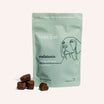
![Probiotics For Dogs [Soft Chews] - HolistaPet](http://www.holistapet.com/cdn/shop/files/Probiotic-Infographic-1_472d7a29-e30c-435a-9638-1365d8c3a9f9.jpg?v=1725384841&width=104)
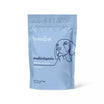


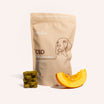

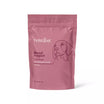
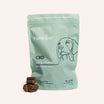

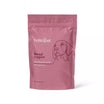
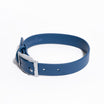
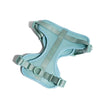
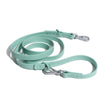
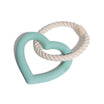
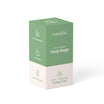
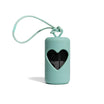


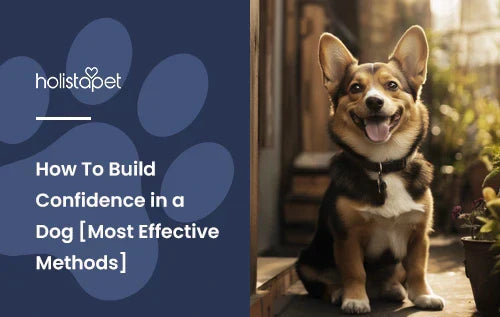
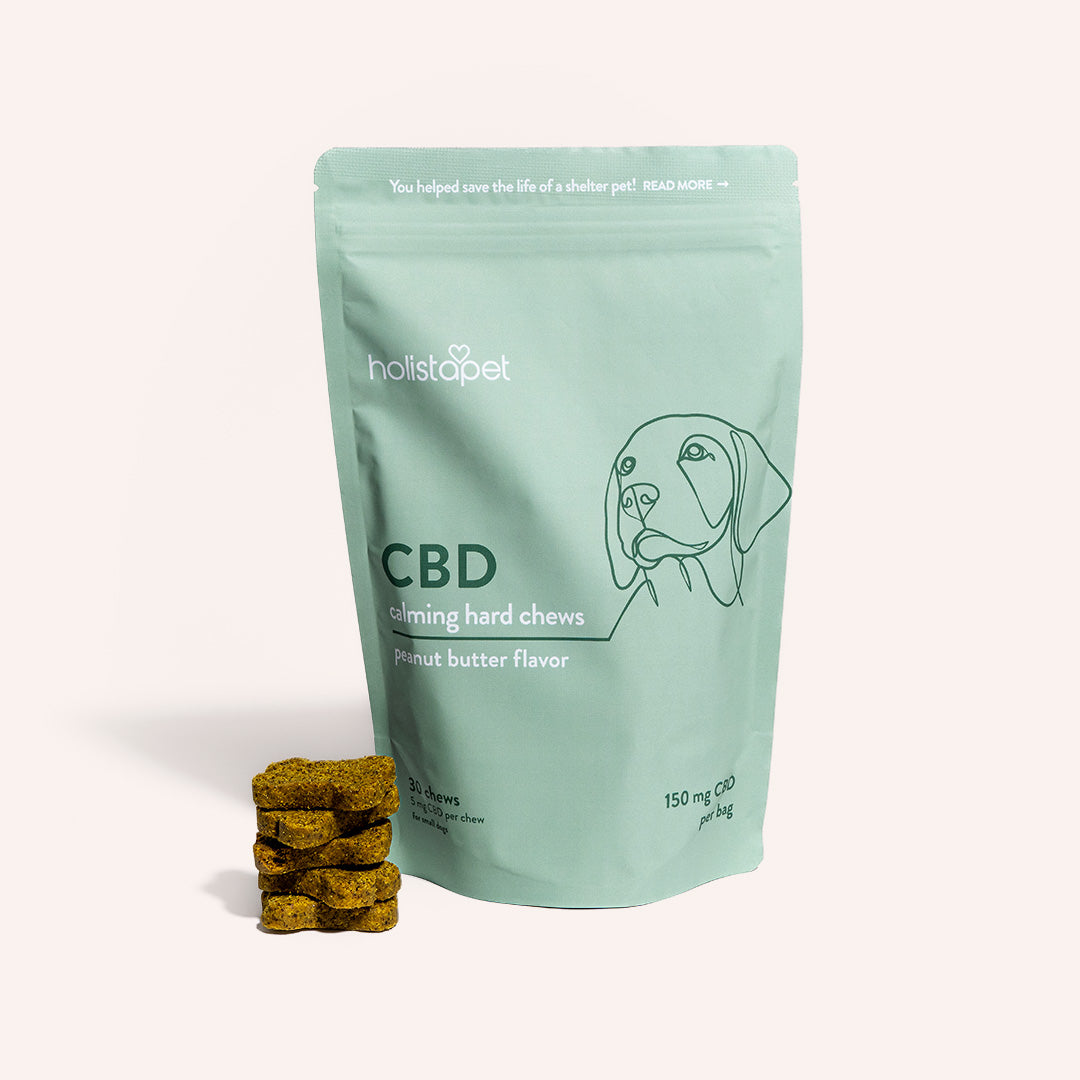
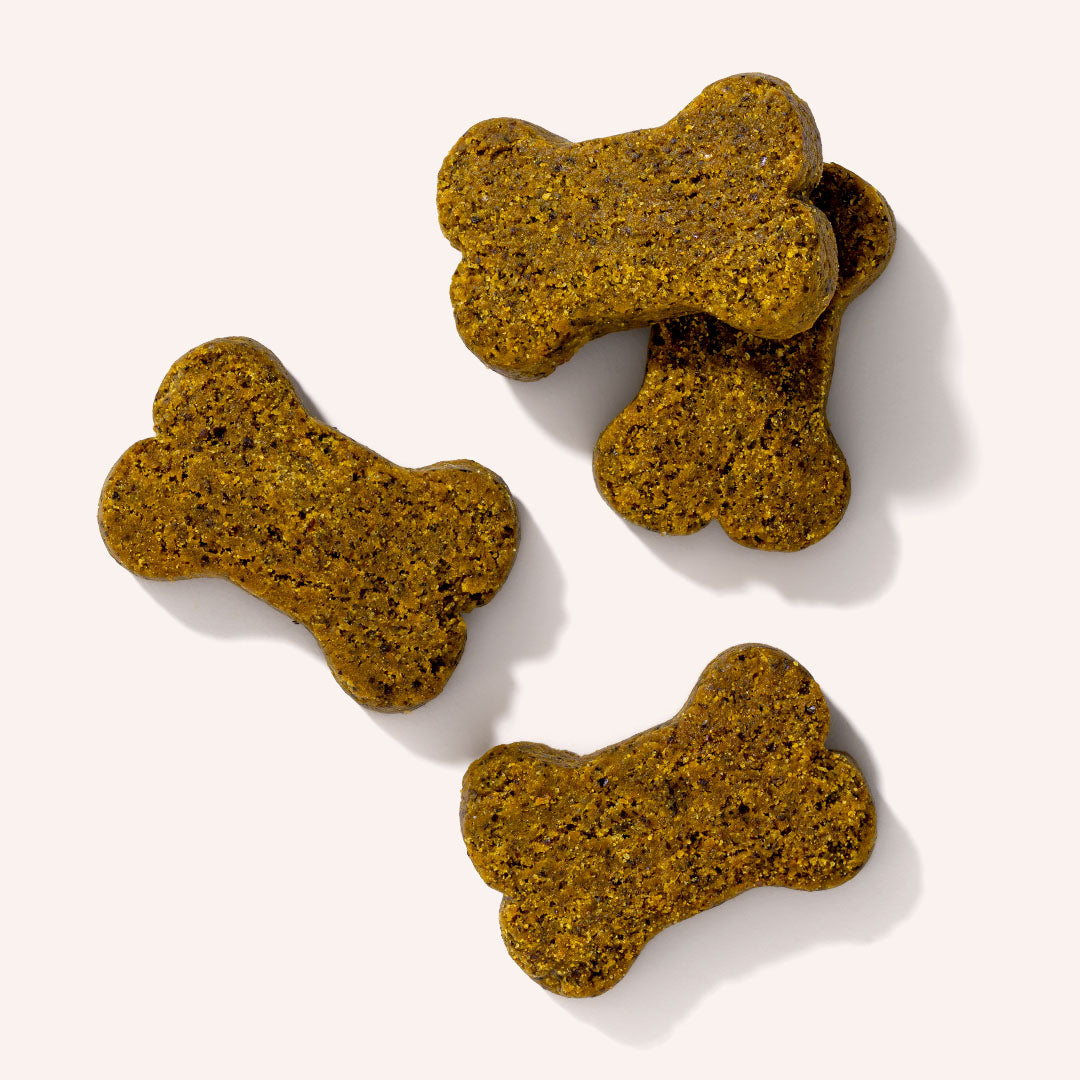

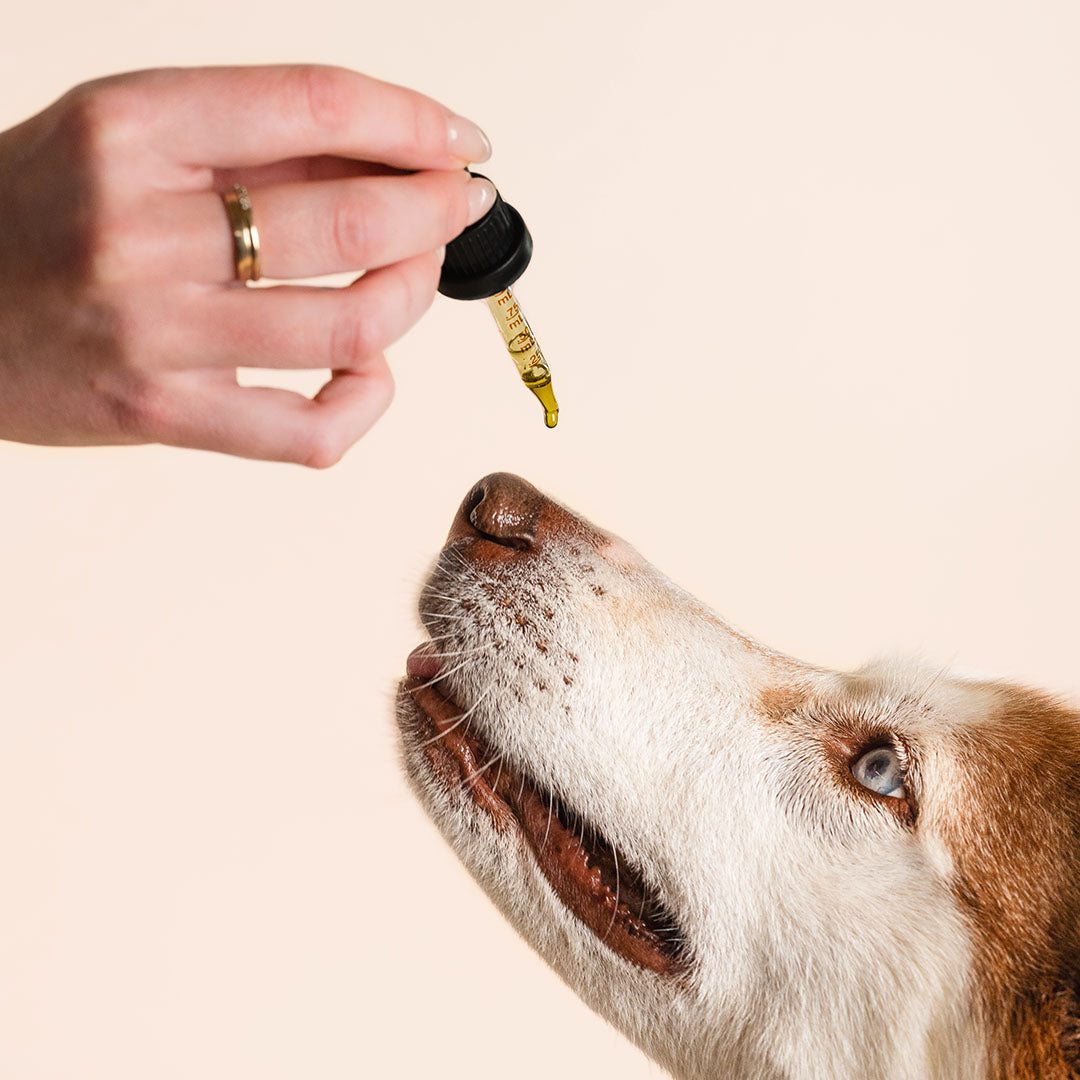


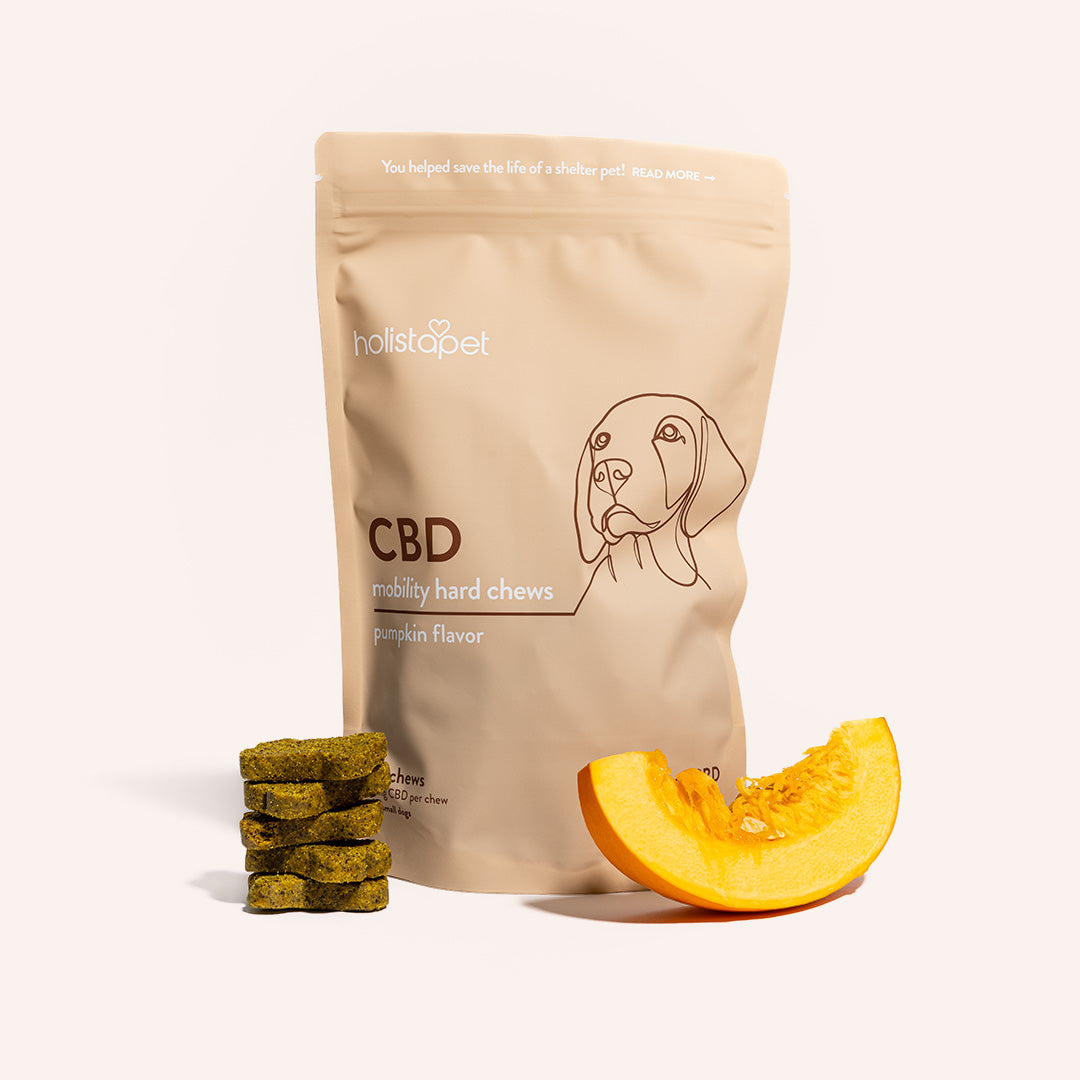
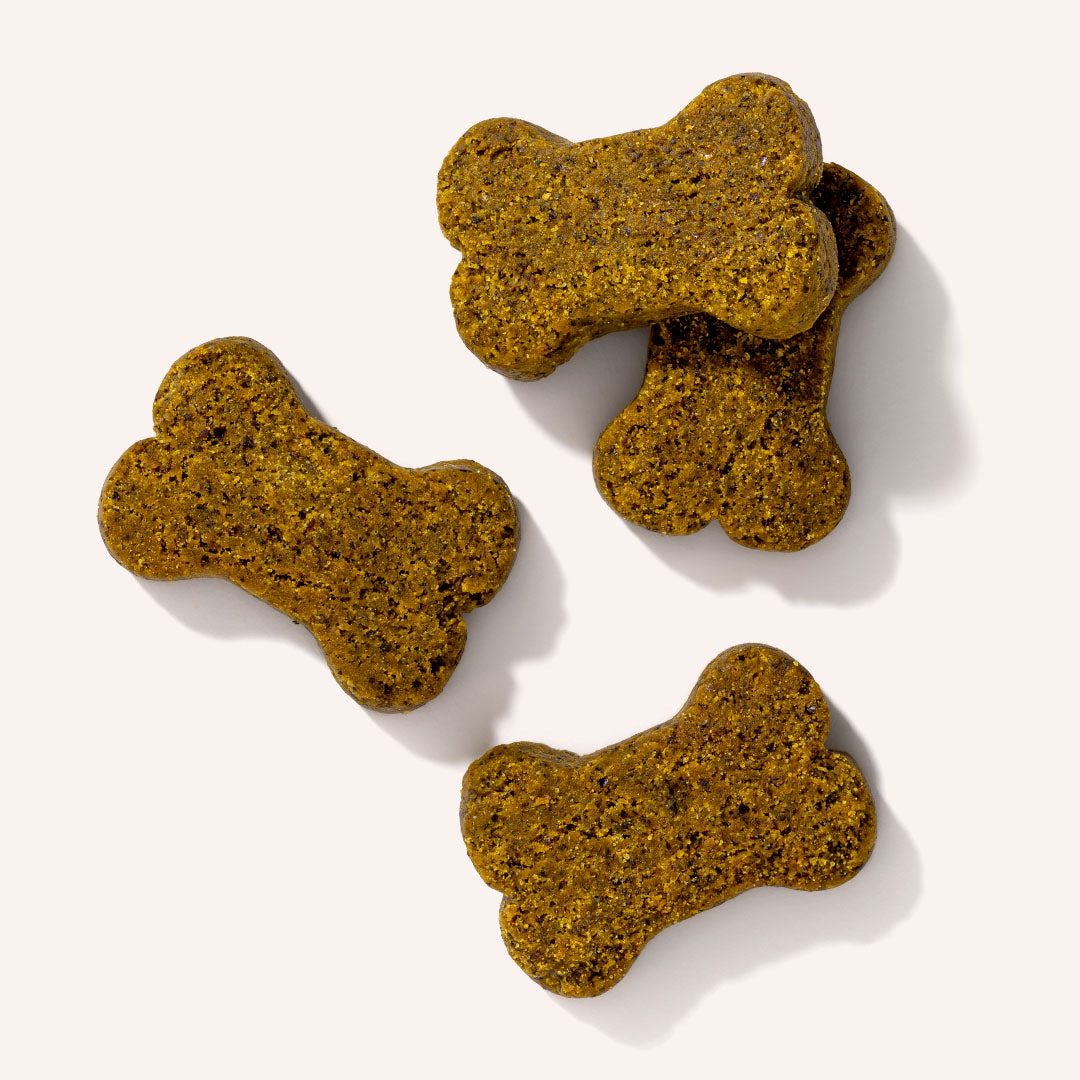

Leave a comment
All comments are moderated before being published.
This site is protected by hCaptcha and the hCaptcha Privacy Policy and Terms of Service apply.